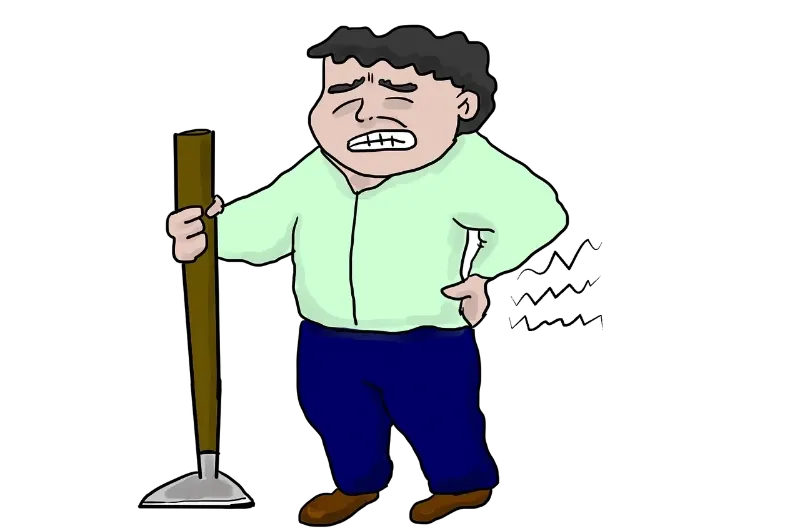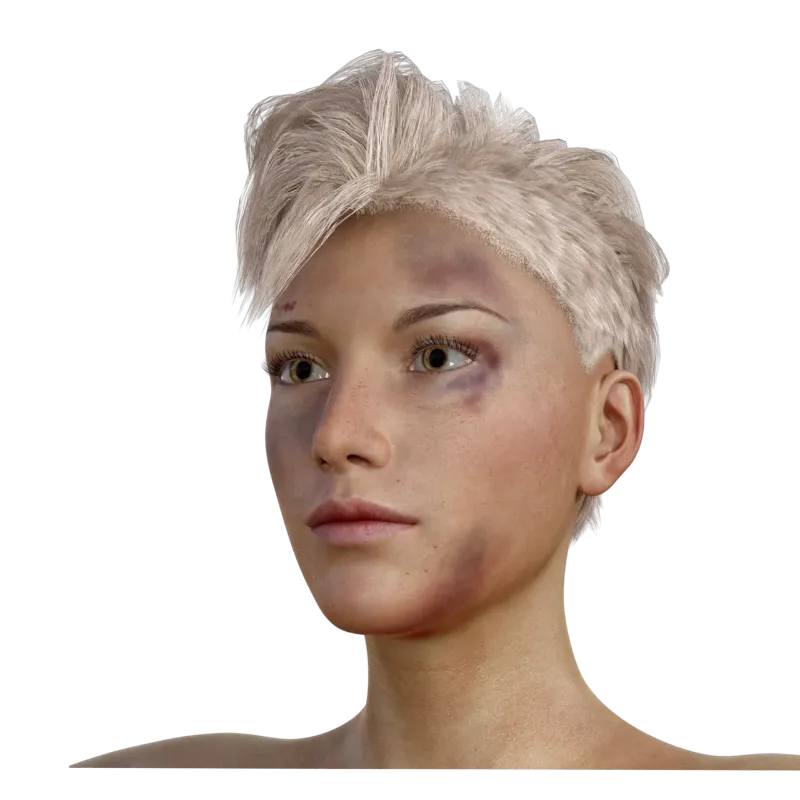In the past two decades, that I have been working with accident victims, I have learned a great deal of medical terminology. I have also learned that it is quite easy to misunderstand or confuse the things that a doctor tells you, especially in the emergency room, after a traumatic experience. I have had accident victims tell me that the doctor said their spine was broken and the explanation from the doctor could have sounded like that, but the actual medical terminology could be extremely different; you can have spinal fractures and injuries to the soft tissues that support your vertebra and that would all fall under an injury to your spine. Below is a discussion of some common diagnoses that follow car wrecks, motorcycle wrecks, slip-and-fall incidents, or any other personal injury, caused by the negligence of another.
1. Sprain/Strain

The most common diagnosis that I see, following a car accident, is a sprain or strain. Some insurance adjusters claim that sprain and strain are the same injury, but they are not. According to healthline.com, a sprain “is the overstretching or tearing of ligaments. Ligaments are the bands of tissue that connect two bones in a joint. The most common location for a sprain is the ankle joint. A strain is the overstretching or tearing of muscles or tendons. Tendons are the cords of tissue that connect bones to muscles. The most common locations for a muscle strain are the hamstring muscle and the lower back.” Common symptoms of strains include muscle spasms, joint pain, swelling, and reduced flexibility and range of motion. Common symptoms of sprains include bruising, joint pain, swelling, and reduced flexibility and range of motion.
2. Fracture

Car accidents, motorcycle wrecks, 18-wheeler crashes, and slip-and-fall accidents are all culprits of fractured bones. In layman's terms, a fractured bone is a broken bone. What I have learned, in my many years of working with accident victims is that a fracture diagnosis can have several variations. The best kind of fracture diagnosis, if you have to have one, would be a closed, simple fracture. A simple fracture is more like a crack in the bone. These fractures typically can heal without surgery. A closed fracture means that the skin was not fractured by a broken bone. The worst fracture diagnosis would be a compound, open fracture. If this were your diagnosis, that means your bone broke completely, into two or more pieces, and one of those pieces punctured or “opened” your skin. Treatment for fractures varies greatly, depending on the degree of the fracture. The slightest of fractures can be treated with casts or splints, whereas the most severe of fractures may require surgery, including screws and plates to hold the bones together, to allow them to heal back to their original positions. Often, following a fracture, a doctor will prescribe physical therapy, to strengthen the muscles that were affected by the brake and the time of immobilization in the splint or cast. Most fractures lead to early-onset arthritis.
3. Contusion/Hematoma

Another set of common diagnoses following a car accident, 18-wheeler crash, or motorcycle wreck is contusion or hematoma. According to healthline.com, “A contusion happens when an injured capillary or blood vessel leaks blood into the surrounding area. Contusions are a type of hematoma, which refers to any collection of blood outside of a blood vessel. ” To put it simply, a contusion is a bruise. If you are a victim of a personal injury and you sustain contusions or hematomas, due to the incident, you will want to take pictures of the bruising. Bruises tend to get worse and then fade away. You will want to take pictures of the bruising from day one until it completely fades. The pictures are great evidence for an insurance adjuster or a jury, if your case goes to trial, to be able to see your injuries. Some injuries, following an accident, are not visible to the naked eye; bruises are visible. A hematoma, as described above as a “collection of blood outside of a blood vessel” can become hard, if the blood does not go away from the affected area. These masses can be very painful and draining or even surgical removal.
Hopefully, you never have to hear any of these words, but more likely than not, you will, for yourself or a family member or a friend, and when that happens, it will be good to be prepared and to have a basic understanding of what the doctor is talking about. If you are in the emergency room and your doctor or your child’s doctor is explaining something to you and you do not understand, it is always good to ask for further explanation, so that you understand what is going on with your body. Also, it would not hurt to make notes, of the explanation, in your phone or on a sheet of paper, because accidents are so stressful and nerves are shot, so it is quite easy to forget what the doctor told you, in the days to come.
As always, stay safe!

